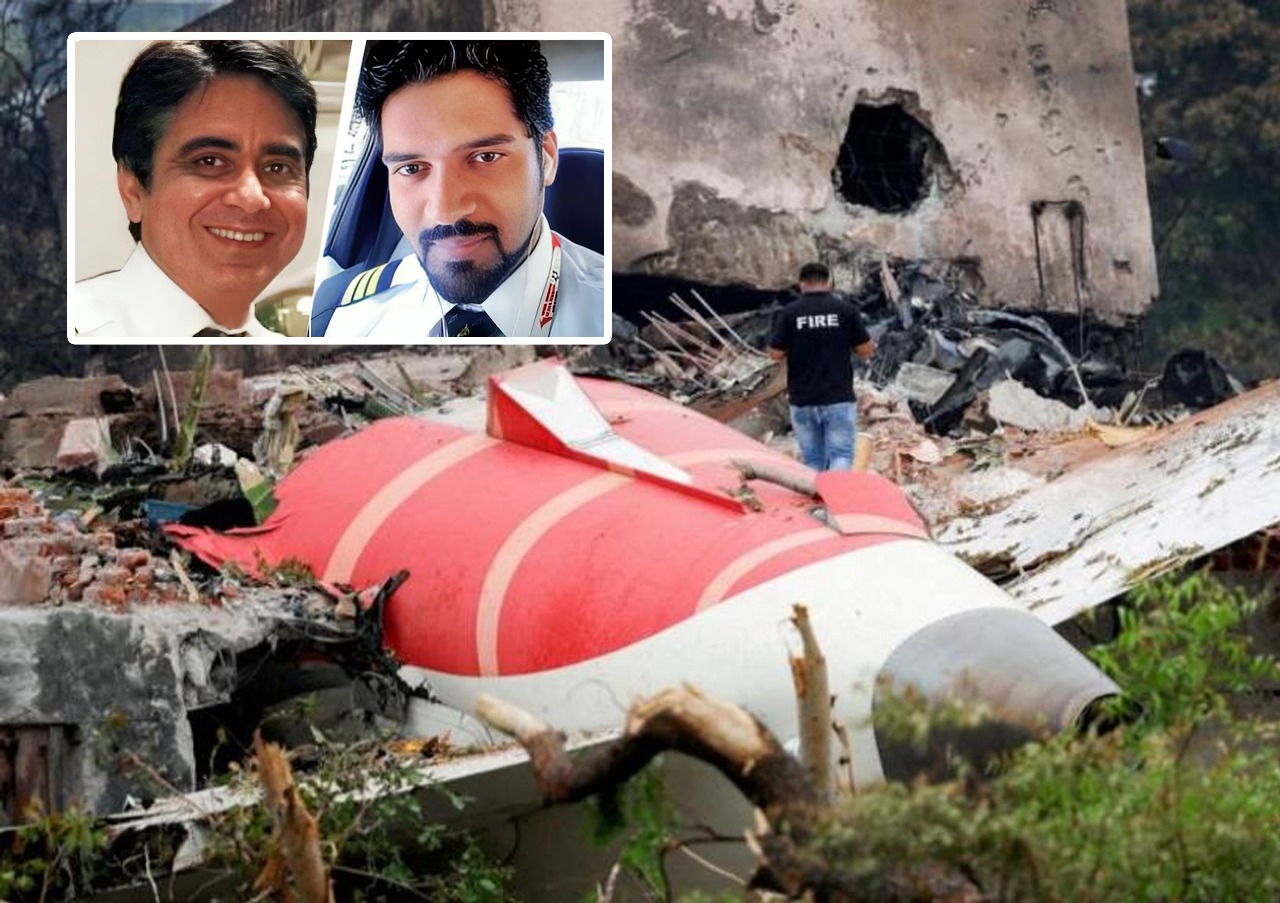
By Sulagna Halder
AHMEDABAD:
A preliminary investigation by India’s Aircraft Accident Investigation Bureau (AAIB) into the 12 June crash of Air India Flight 171, a Boeing 787‑8 Dreamliner, has revealed that the aircraft suffered a sudden deprivation of fuel to both engines shortly after take off from Ahmedabad, causing total engine failure and the tragic crash into a college hostel block in Ahmedabad.
The AAIB’s 15 page report, released on 12 July, details how cockpit voice recordings captured one pilot asking, “Why did you cut off?” while the other replied, “I didn’t”, indicating confusion over the fuel supply switches. These switches, which require deliberate upward movement to activate, were found in the cut off position before reportedly being returned to run, though the engines could not be reignited in time to prevent the crash.
The aircraft, a Boeing 787 Dreamliner carrying 230 passengers and 12 crew, crashed approximately 30 seconds after takeoff, killing 241 aboard and 19 on the ground, with a single survivor, a British national. Emergency responders rescued him from the wreckage of B.J. Medical College hostel; his startling escape has been confirmed by hospital officials.
No signs of bird strike, sabotage, or pre‑existing technical failures were found. CCTV and flight data showed the aircraft began losing thrust before clearing the runway perimeter. A ram-air turbine deployed, a standard indicator of total power loss.
Both pilots were highly experienced: the 56 year old captain had more than 15,000 flying hours and served as an Air India instructor, while the 32 year old, co-pilot held over 3,400 hours of experience. Aviation experts noted that the deliberate nature of the fuel cutoff motion made accidental activation “very unlikely”.
The AAIB confirmed that Boeing and engine manufacturer GE bore no immediate responsibility. The engines and black boxes have been dispatched for further analysis, which will form part of a final report expected within a year. The investigation is being conducted under international protocols, with assistance from the NTSB (US) and UK air accident authorities.
Air India released a statement expressing profound sorrow and confirming its “full cooperation with the AAIB and other authorities.” The airline acknowledged receipt of the preliminary report and pledged to support families affected by the tragedy. The Tata Group, Air India’s owner, had earlier announced a ₹1 crore ex-gratia payment to each bereaved family, managed through a ₹500 crore trust.
India’s aviation regulator has ordered a one time safety check of all Boeing 787 aircraft belonging to Air India, with further inspections expected in external audits.
Despite lingering questions about human error and possible intent, this preliminary report highlights the sequence of “confusion in the cockpit” that preceded the crash. Investigators are expected to scrutinise whether cockpit design, training protocols, or psychological factors played a role.
The upcoming final report will include recommendations to prevent recurrence and may suggest modifications to switch locking mechanisms, pilot checklists, and cockpit interface design.
Until then, families of the victims, survivors, and the entire aviation community await detailed findings, seeking answers for one of India’s most devastating air disasters in a decade.